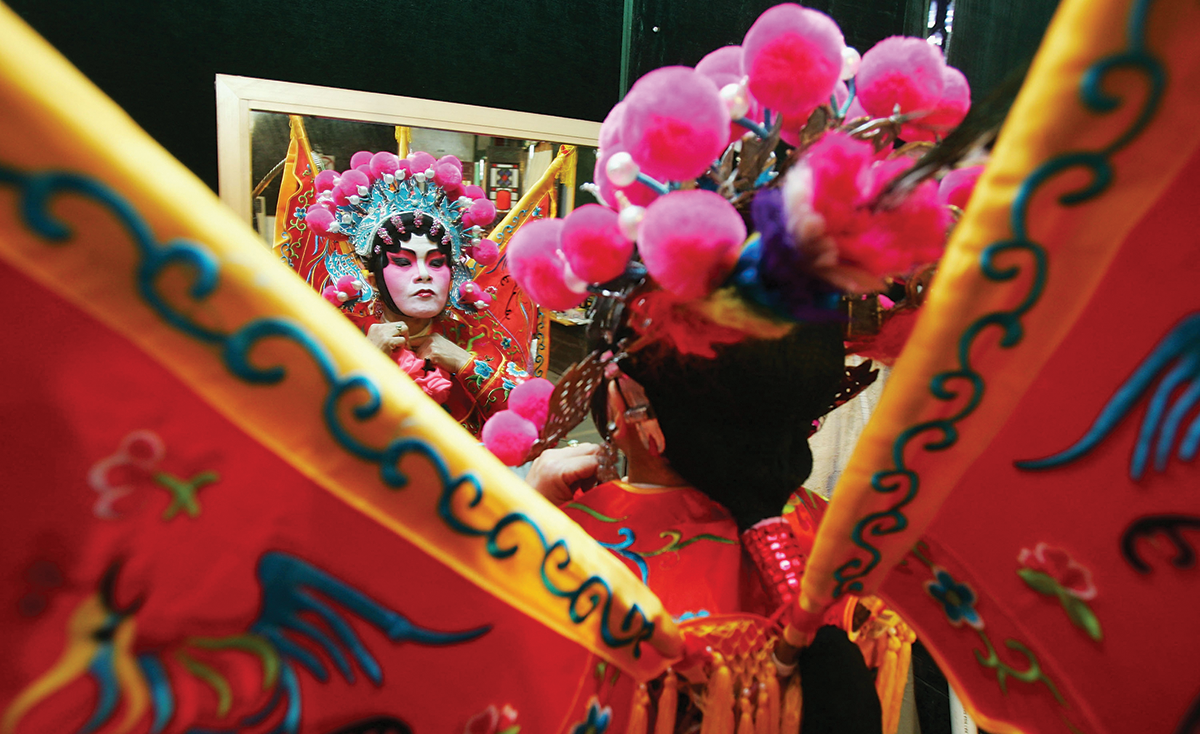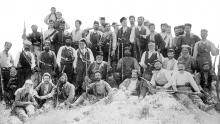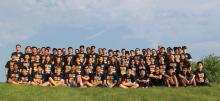
Chinese migration to Britain has a history of more than 150 years. Between 1800 and 1945, an estimated 20,000 immigrated to Britain. In the 1950s, a growing population of Chinese arrived from the rural areas of Hong Kong’s New Territories, bringing with them many of their traditional art forms. This diaspora, and the related popularity of Cantonese opera in Britain, is the focus of research by ethnomusicologist Tong Soon Lee.
Cantonese opera is one of the major categories in the Chinese genre, originating in southern China’s Guangdong Province. It is popular in Guangdong, Guangxi, Hong Kong, Macau and Chinese communities throughout Southeast Asia. Like all versions of Chinese opera, it is a traditional Chinese art form, involving music, singing, martial arts, acrobatics and acting.
Lee’s research explores how Cantonese opera shapes cultural identities among the Chinese living in Great Britain who emigrated from Hong Kong after World War II, a migration that sparked the materialization of Chinese opera throughout England and Scotland.
“Identity runs through my research. I’m interested in identity based on a person’s experience, an experience with a place, with a piece of music, whatever it might be,” says Lee, professor and chair of the music department. “Here, what does it mean to be an immigrant Chinese in England? Since the years following World War II, how has the identity of Chinese in England shifted?”
Lee studied 24 Cantonese opera companies across England. These companies develop a loyal following. People will drive two hours to attend a performance in a particular city, then drive two hours to practice with another opera group in a different city, Lee notes.
The current study is a continuation of Lee’s earlier research exploring Chinese street opera in Singapore. Street opera, he notes, fostered cultural nationalism and entrepreneurship. In performing Chinese street opera, amateur troupes preserve their rich heritage through the Confucian ideal that a learned person engages in the arts for moral and altruistic purposes. Their performances bring together diverse ethnic groups to watch and to perform, Lee argues, while also encouraging a nationalistic endeavor to remember the past and prepare for the future in Singapore. Finally, he explains, the government welcomes street opera performance for its combination of tradition and modernism and for the promotion of a national culture that brings together Singapore’s four main ethnic groups—Eurasian, Malay, Chinese and South Asian.
“At the heart of my research is one way of understanding music,” Lee says. “That way, if you put it broadly, is to understand music as a particular cultural context. When you look at, or listen to, a particular piece of music, defined broadly as performance or a particular instrument, how can we draw a broader understanding of cultures? Whether it’s Chinese street opera or Western pop music, I try to adapt that approach. It’s not to create this artificial division between Western music and others. By understanding music, we provide transferable skills to students who can apply those skills to biological science or geography.”
































